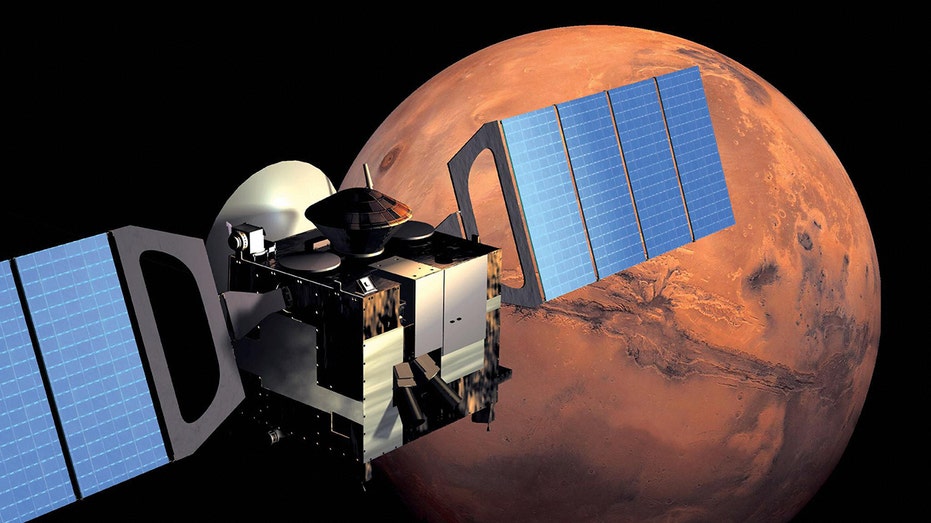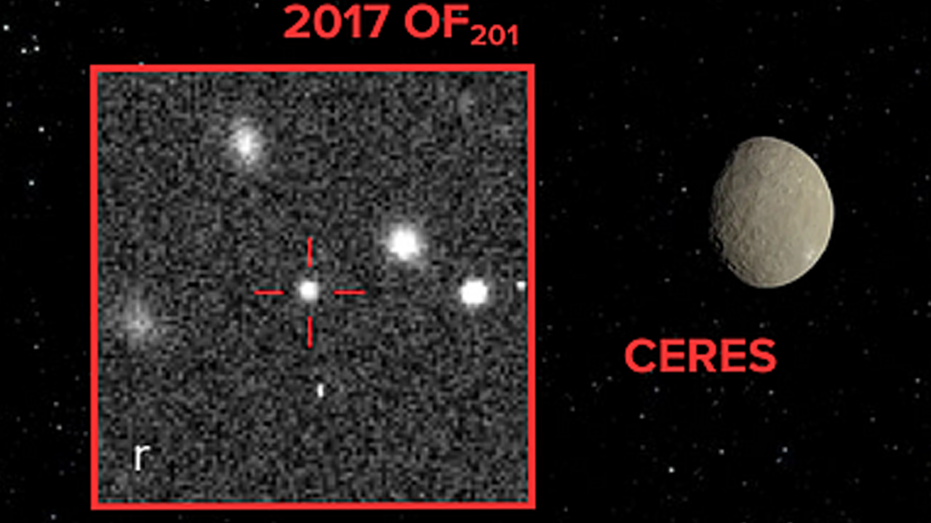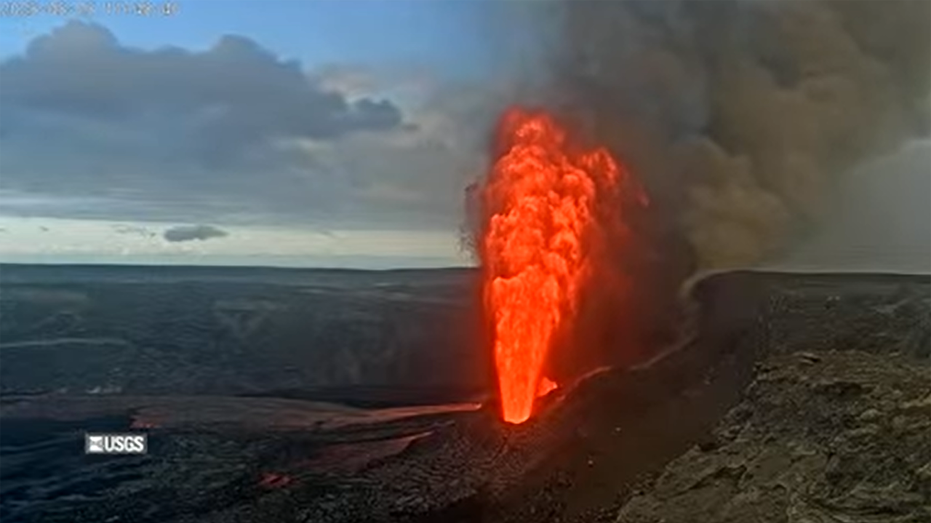Mars' Red Hue Linked to Potential Habitable Past, Study Suggests

Sarah Johnson
March 1, 2025
4 min read
Brief
A new study finds Mars' red color comes from ferrihydrite, suggesting the planet once had cool, wet, and potentially habitable conditions billions of years ago.
Mars' signature red color might be whispering secrets of a wetter, potentially habitable past, according to a recent study. The rusty tint comes from ferrihydrite, a mineral that, unlike hematite previously thought to be the main cause, forms in the presence of cool water. And I always thought it was just really old rust.
"This suggests that Mars may have had an environment capable of sustaining liquid water before it transitioned from a wet to a dry environment billions of years ago," NASA revealed.
Published in Nature Communications, the study analyzed data from various Mars missions and compared findings to lab experiments simulating Martian conditions. Researchers tested how light interacts with ferrihydrite and other minerals under these conditions.
Adam Valantinas, the lead author, noted the long-standing question of Mars' red color. "From our analysis, we believe ferrihydrite is everywhere in the dust and also probably in the rock formations, as well...we can now better test this using observational data and novel laboratory methods to essentially make a Martian dust in the lab."
Jack Mustard, a senior author, sees the study as a "door-opening opportunity," providing a better chance to apply principles of mineral formation to understand Mars' past. The upcoming return of samples collected by the Perseverance rover is eagerly awaited to verify these findings.
The research indicates that Mars likely had a cool, wet, and potentially habitable climate in its ancient history. While the current Martian atmosphere is too cold and thin to support life, NASA points out that billions of years ago, the planet had abundant water, as evidenced by the ferrihydrite found in its dust.
Geronimo Villanueva from NASA emphasized the value of coordinated international research in exploring fundamental questions about our solar system.
Valantinas aims to understand the ancient Martian climate and chemical processes, as well as the question of past habitability. "What we know from this study is the evidence points to ferrihydrite forming and for that to happen there must have been conditions where oxygen from air or other sources and water can react with iron. Those conditions were very different from today’s dry, cold environment. As Martian winds spread this dust everywhere, it created the planet’s iconic red appearance."
Topics
Marsferrihydritered colorancient waterhabitabilityMars missionsMartian dustNASA studymineral formationMartian climateSpace ExplorationHabitabilityScience
Editor's Comments
This discovery isn't just about understanding why Mars is red; it's about piecing together a narrative of a planet that might have once been teeming with life. The implications for future space exploration and the search for extraterrestrial life are huge!
Like this article? Share it with your friends!
If you find this article interesting, feel free to share it with your friends!
Thank you for your support! Sharing is the greatest encouragement for us.



